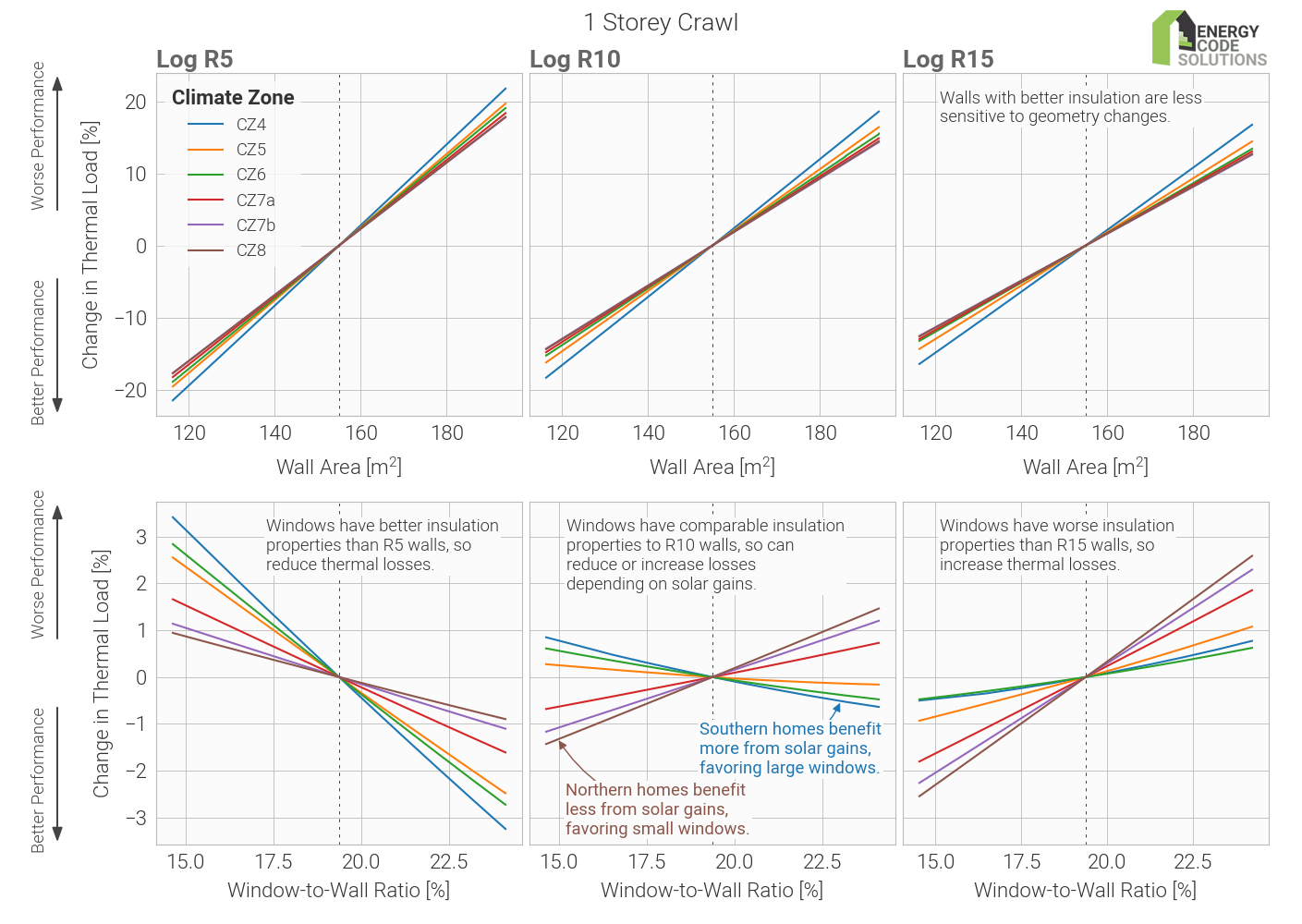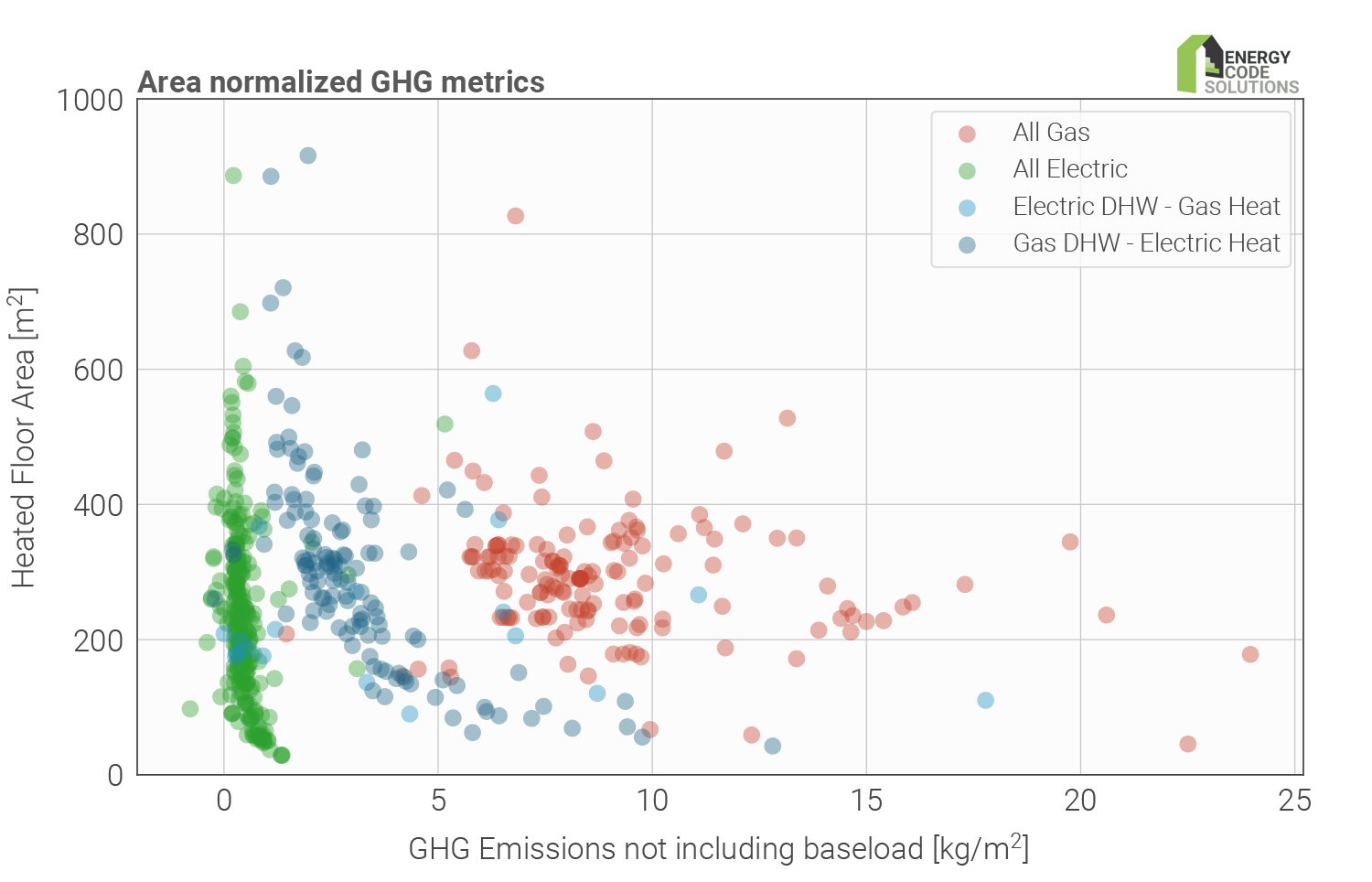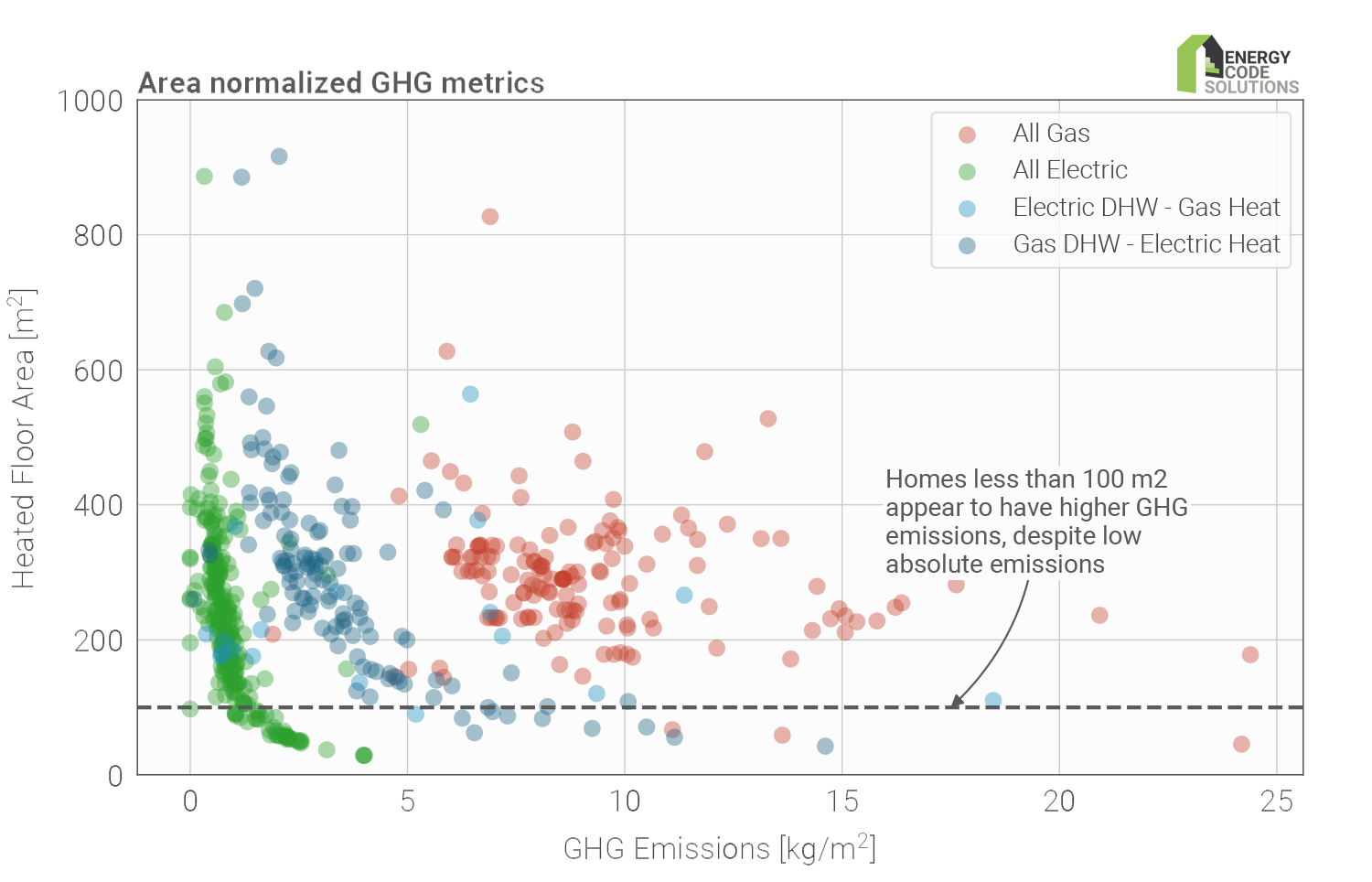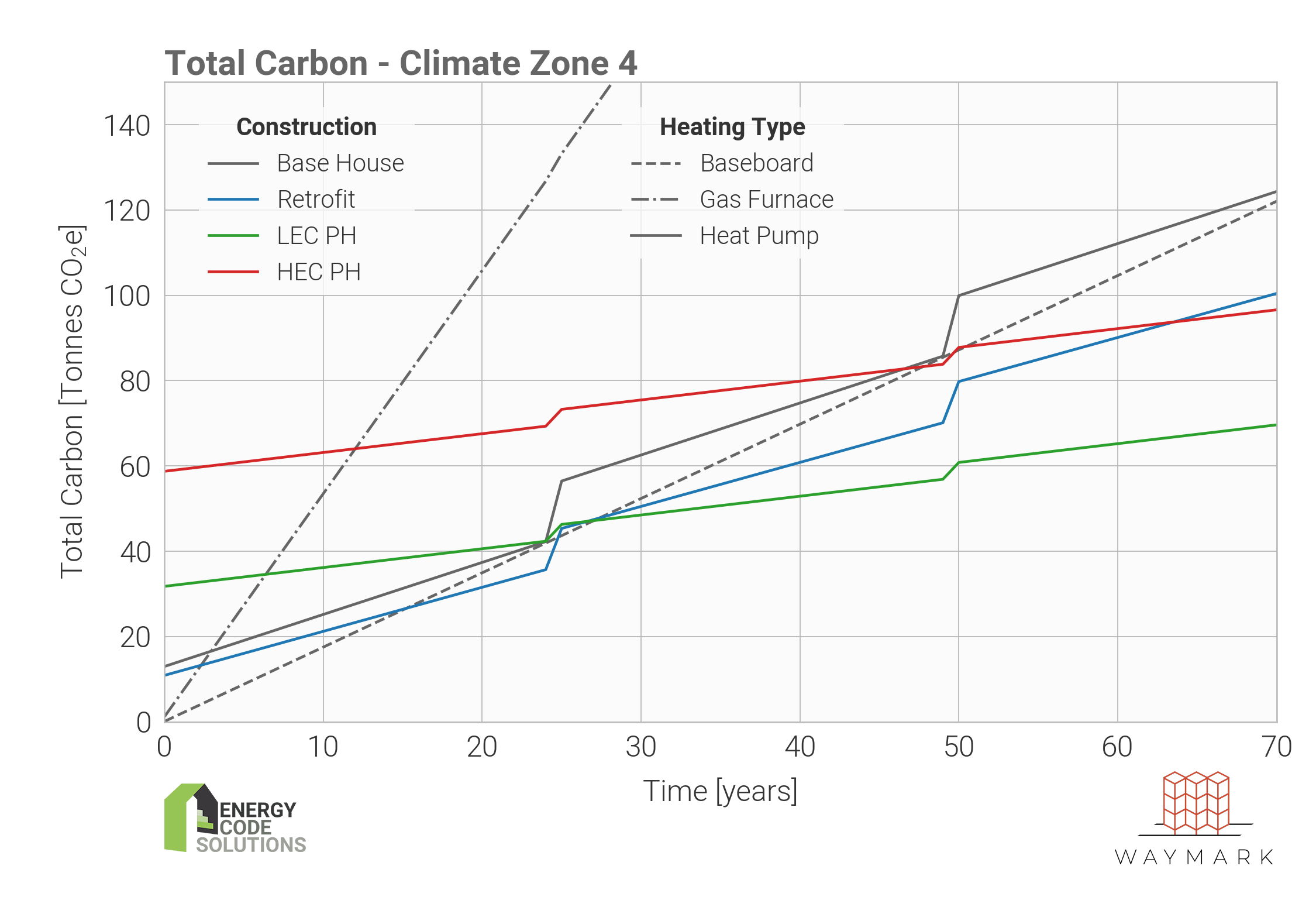Projects
Energy Code Solutions is commited to pushing the limits of sustainability within the Canadian housing industry. Below is a list of projects that we have worked on or developed and the associated data.
BSSB Step Code Unique Part 9 Analysis
October 2022

The Building and Safety Standards Branch of British Columbia hired Energy Code Solutions and Focal Engineering to look at the incremental captial cost that Step Code will have on log homes in the province. Our report indicated that they are not adversely affected anymore than the original report showed for regular homes.
Study and report available once released.
BC GHGI Provincial Update
June 2022



GHGI Targets are on the horizon for building code compliance. Our data set has been used to help set those targets as shown above. The Capital Regional District used this data set to guide their choices on early adoption of the GHGI metric ahead of provincial compliance.
Reference Building Approach
November 2021

Given the imperative to rapidly transform buildings and shortcomings of the traditional prescriptive approach, a growing number of building energy regulations are adopting the performance-based or outcome-based approach, seeking to mandate net-zero energy performance with ambitious time lines. Some such regulations are based on the Reference Building Approach (RBA) where the energy performance of a building is assessed based on a hypothetical building of the same design but meeting a set of minimum prescriptive requirements. This paper examines the North American Reference Building Approach, focusing on its implementation in the British Columbia Energy Step Code as an instructive example. It is shown that the RBA has serious flaws.
Part 9 Comparative Embodied Carbon Analysis
September 2022

- A low embodied carbon Passive House
- An existing Heritage designated renovation
NBC 2020 Peak Cooling Load Analysis
August 2021

NBC 2020 has proposed a new metric called Peak Cooling Load and has been adopted by the BC Energy Step Code. This metric is supposed to indicate when a house requires cooling based on outputs from the Hot2000 energy modeling software used for code compliance.
We tested the metric against a database of over 1000 Hot2000 files (homes that have been built within the last 3 years) and our results did not match the NRCan findings. Our conclusion shows that the metric is very inconsistent when put into practice and may not represent whether a home requires cooling.